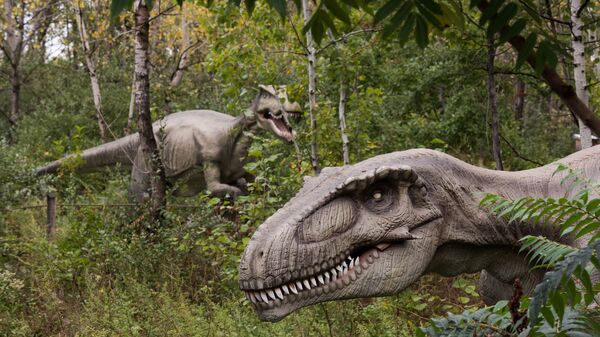The study, published in the Journal of Biogeography, confirms that dinosaur migration across the world continued even after the Pangaea ‘supercontinent’ split into land masses separated by oceans.
The scientists believe that dinosaur migration was facilitated by temporary land bridges which appeared due to changes in sea levels, thus temporarily reconnecting the previously separated continents.
Another curious discovery made by the scientists during the study also suggests that over 100 million years ago, during the Early Cretaceous period, dinosaur families were leaving Europe but at the same time no new families were migrating into the region.
"This is a curious result that has no concrete explanation. It might be a real migratory pattern or it may be an artefact of the incomplete and sporadic nature of the dinosaur fossil record," study lead Dr. Alexander Dunhill from the University of Leeds said.
It should be noted that network theory is more commonly used in computer science rather than in biology research, and this study became the first dinosaur research project where it has been implemented.


